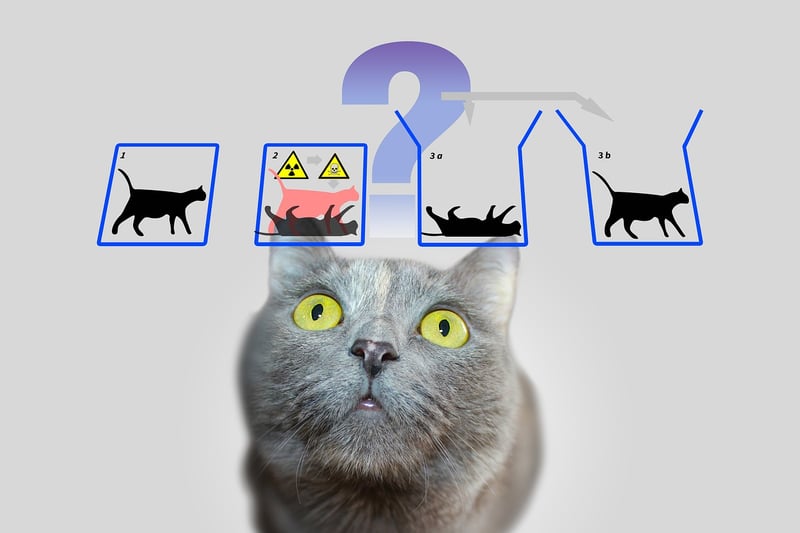Bootstrap Paradox
Exploring the Consequences of Time Travel: Bootstrap Paradox
Time travel has long been a fascinating concept in science fiction, allowing for storytelling that explores the complexities of causality and the implications of altering the past or future. One intriguing aspect of time travel is the Bootstrap Paradox, a theoretical concept that raises thought-provoking questions about the origins of objects or information.
What is the Bootstrap Paradox?
The Bootstrap Paradox, also known as a causal loop, occurs when an object or piece of information is sent back in time and becomes trapped in an endless loop with no discernible origin. In this scenario, the object has no clear beginning; it exists in a self-created loop where the future influences the past, which in turn leads to the future event.
Example of the Bootstrap Paradox
Imagine a scenario where a time traveler goes back in time and gives a famous painting to an artist before they create it. The artist then becomes inspired by the painting and reproduces it, leading to the painting's existence in the future. In this case, the painting has no original creator, raising the question of where it truly originated.
Implications and Philosophical Considerations
The Bootstrap Paradox challenges conventional notions of causality and raises philosophical questions about the nature of time, free will, and determinism. It prompts us to ponder whether events can truly have a beginning or if they are locked in an eternal loop of cause and effect.
Conclusion
Exploring concepts like the Bootstrap Paradox in the context of time travel allows us to delve into the intricacies of temporal mechanics and the consequences of altering the past. While purely theoretical, these paradoxes spark curiosity and encourage us to contemplate the mysteries of time and existence.

For more information on time travel and related concepts, you can check out this Wikipedia article.
